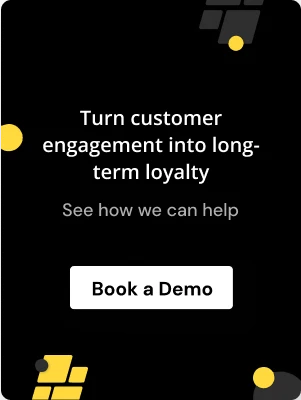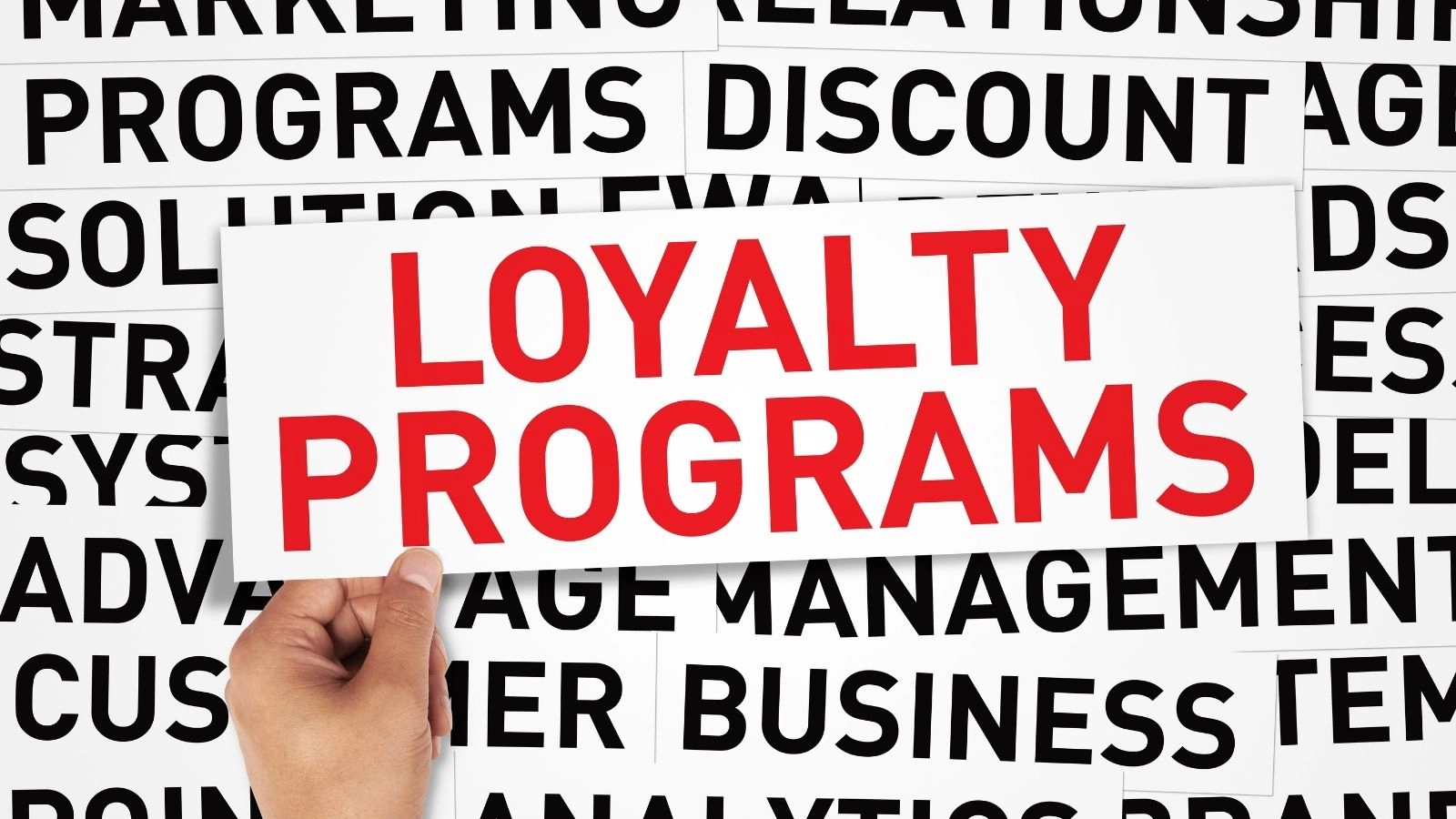.avif)
.avif)
Introduction
In the fiercely competitive e-commerce landscape, retaining customers and fostering loyalty is crucial for long-term success. One powerful tool that can help you achieve this goal is a well-designed loyalty program. However, simply implementing a rewards scheme isn't enough – you need to leverage the right tactics to ensure your program drives genuine customer engagement, repeat purchases, and, ultimately, a significant boost in sales revenue. In this article, we'll explore proven loyalty program hacks that can help you supercharge your e-commerce sales.
Tiered Rewards: Motivate Customers to Spend More
One effective tactic to supercharge your e-commerce sales is to implement a tiered rewards system. By offering increasingly valuable rewards and perks as customers climb through different tiers based on their spending, you create a powerful incentive for them to make more purchases and increase their overall spending with your brand.
Boost Customer Lifetime Value with Tiered Loyalty Rewards
One of the key advantages of implementing a tiered loyalty rewards system is its ability to significantly increase customer lifetime value (CLV). By offering increasingly valuable rewards and perks as customers climb through different tiers based on their spending, you create a compelling incentive for them to consolidate their purchases with your brand.
For example, a customer who initially made a one-time purchase may be motivated to continue shopping with you to reach the next tier and earn a more substantial reward, such as free shipping or a percentage discount on all future orders. As they progress through the tiers, the allure of unlocking even more exclusive rewards and VIP treatment keeps them engaged and loyal to your brand, leading to a higher overall CLV.
According to a study by Clarus Commerce, ecommerce businesses with tiered loyalty programs see an average increase of 30% in customer lifetime value compared to those without tiered rewards.
Furthermore, research by Smile.io found that customers in the top tier of a loyalty program generate up to 5 times more revenue than non-members, highlighting the significant impact tiered rewards can have on customer spending and CLV.
One brand that has successfully leveraged tiered rewards to drive CLV is Sephora. Their "Beauty Insider" loyalty program offers three tiers: Insider (base level), VIB (Very Important Beauty Insider), and Rouge (top tier).
Read:
As customers progress through the tiers by accumulating more points, they unlock increasingly valuable rewards, such as free shipping, exclusive product launches, and personalized makeover experiences. This tiered approach has not only fostered loyalty among Sephora's customer base but also incentivized them to consolidate their beauty purchases with the brand to unlock higher tiers and rewards.
By implementing a well-designed tiered loyalty program, e-commerce businesses can tap into the powerful motivator of exclusivity and status, encouraging customers to maintain and increase their spending over time to unlock the most coveted rewards and experiences. This, in turn, translates into a significantly higher customer lifetime value, driving long-term revenue growth and profitability for the business.
Do you know?
Gamification: Tap into the Power of Friendly Competition
Gamification is another powerful tactic that can help boost customer engagement and drive more sales through your loyalty program. By incorporating elements of friendly competition, such as leaderboards, challenges, or time-limited rewards, you tap into human psychology and create a sense of excitement and urgency around earning and redeeming rewards.
Do you know?
💡 A survey by Comarch found that 72% of consumers are more likely to recommend a brand with a good loyalty program.
Increase E-commerce Sales with Gamified Loyalty Rewards
Gamification is a powerful tactic that taps into human psychology's innate desire for achievement, competition, and a sense of urgency. By incorporating elements of gamification into your loyalty program, such as leaderboards, challenges, and time-limited rewards, you can create a captivating and engaging experience that motivates customers to make more purchases, ultimately driving a significant increase in e-commerce sales.
Leaderboards, for example, foster a sense of friendly competition among customers, encouraging them to earn more points or make additional purchases to climb the ranks and achieve a higher position.
According to a study by Bunchball, gamified loyalty programs that feature leaderboards can increase customer engagement by up to 47%.
Similarly, challenges and time-limited rewards create a sense of urgency and scarcity, prompting customers to take action and make purchases within a specific timeframe to earn the rewards before they expire.
A report by Capgemini found that consumers said they would be motivated to make more purchases if they could earn loyalty rewards through gamified activities like challenges and limited-time offers.
One brand that has successfully leveraged gamification to drive e-commerce sales is Starbucks.
Their "Starbucks Rewards" program features a range of gamified elements, including challenges, leaderboards, and time-limited "bonus star" promotions. For instance, customers can earn bonus stars by completing specific challenges, such as trying a new beverage or making a purchase during a certain timeframe. These gamified tactics have been instrumental in driving customer engagement and increasing purchase frequency among Starbucks' loyal customer base.
Another example is Nike's "NikePlus" loyalty program, which incorporates gamification through challenges and leaderboards. Members can earn points and badges by completing various fitness-related challenges, such as running a certain distance or participating in a virtual event. This gamified approach not only encourages customers to engage with Nike's products and services but also motivates them to make more purchases to unlock exclusive rewards and climb the leaderboards. By incorporating gamification tactics like leaderboards, challenges, and time-limited rewards into your loyalty program, you can create a sense of excitement, achievement, and urgency that encourages customers to make more frequent purchases and increase their overall spending with your brand. This, in turn, translates into a significant boost in e-commerce sales revenue and customer lifetime value.
Do you know?
💡 Research by Bond Brand Loyalty revealed that the average consumer belongs to around 14 loyalty programs but is only actively engaged with around 6.
Conclusion
In the fiercely competitive world of e-commerce, a well-designed loyalty program can be the differentiating factor that sets your business apart. By providing added value, incentivizing repeat purchases, and fostering brand loyalty, a rewards scheme can help you attract new customers, retain existing ones, and ultimately gain a significant competitive edge over rivals. If you haven't already implemented a loyalty program, now is the time to consider doing so to stay ahead of the curve and thrive in the dynamic online retail landscape.
FAQs
Start Building Customer Retention That Lasts




%201.webp)



